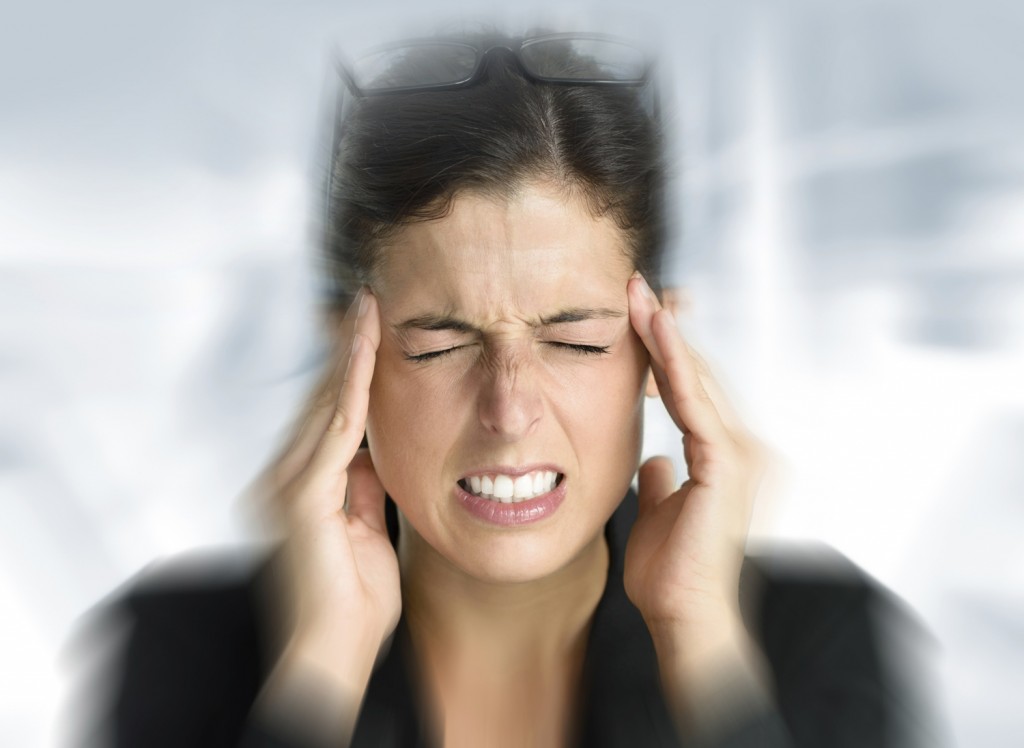Migraines: Myths Vs. Facts
We’ve all heard about migraine headaches, but is everything we’ve heard on the level? June is National Migraine Awareness Month; test your knowledge with this quiz

“A migraine is just a bad headache.”
False. Migraine is actually a neurological disease, with a debilitating headache just one of its possible symptoms. Others may include extreme sensitivity to light and sound, vision changes, nausea, vomiting and “auras”—visual disturbances that appear as flashing lights, zigzag lines or blind spots.
“If you don’t see an aura, you’re not having a migraine.”
False. Only 15 to 20 percent of people who have migraines experience auras. “Migraines’ duration and frequency vary widely.” True. A migraine may last four to 72 hours, and dif- ferent people experience them with different frequen- cies, some as often as several times a month.
“Scientists don’t yet understand what causes migraines.”
True. The exact causal mechanism isn’t known, though the Mayo Clinic says they “may be caused by changes in the brain stem and its interactions with the trigeminal nerve, a major pain pathway.” Conditions that “trigger” attacks can include emotional stress, changes in sleep patterns, smoking and foods containing tyramine, an ingredient in red wine, aged cheese, smoked fish and chicken livers. But avoiding triggers is no guarantee you’ll be migraine-free.
“More men than women get migraines.”
False. Three out of four sufferers are women. And three-quarters of women with migraine report that their attacks coincide with their menstrual cycle. “Migraines run in families.” True. If one of your parents has migraines, you have a 50 percent chance of getting them, and that percentage rises to 75 if both parents get them.
“There’s no cure for migraines.”
True. But there are effective treatments, including preventive medications to reduce the frequency, severity and length of attacks and those used to relieve the pain of headaches once they’ve started. Lifestyle changes such as exercise and getting more sleep and non-drug treatments such as acupuncture, biofeedback and relaxation techniques may also help.

